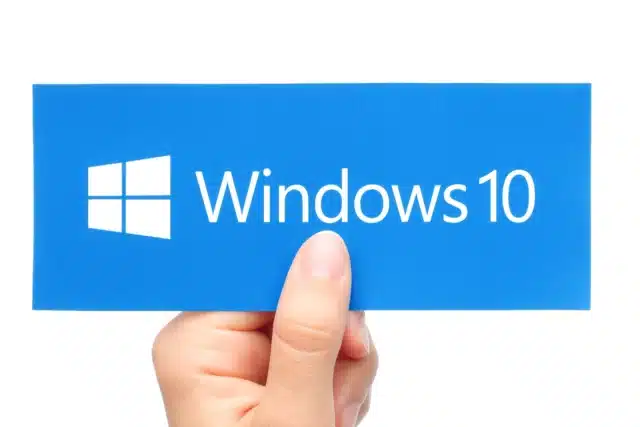Microsoft is optimizing Windows 10 update delivery just as it did with Windows 11

Having already taken steps to decrease the size of updates for Windows 11, Microsoft is doing the same for Windows 10.
The company describes this by suggesting that "Windows 10 is becoming more like Windows 11", although this is something of a stretch. What it means in practice is that Microsoft has used various techniques, including removing reverse differentials from the cumulative update package, to shrink update sizes quite considerably.
See also:
- Microsoft releases preview version of Office 2024 for Windows and macOS -- download it now!
- Microsoft issues reminder about end of support for Office 2016 and Office 2019
- Updated, lightweight Microsoft Store offers faster downloads and multi-app parallel installations
The changes can be seen in Windows 11 22H2, with updates being over a fifth smaller. Microsoft explains that: "Windows 11 cumulative updates are more efficient than update packages for Windows 10. This is achieved through efficient packaging, including the removal of reverse differentials from the cumulative update package".
An explanatory blog post goes on to say:
Microsoft is bringing the same functionality to Windows 10, version 22H2, thereby decreasing the size of the monthly latest cumulative update (LCU) package. This feature will be available starting with the April 23, 2024 (KB5036979) monthly release, which helps you and your organization to conserve network bandwidth.
As an example of what to expect, the April 9, 2024 (KB5036892) release weighed in at 830 MB, while the April 23, 2024 (KB5036979) release is only 650 MB.
Microsoft shares tips for anyone using images to deploy Windows 10 to new devices. To reap the benefits of smaller LCU packages, admins must:
- Check to see if you have serviced your image since the July 23, 2023 update (KB5028244).
- If you have not, apply standalone SSU KB5031539.
- After this, apply an April 23 or later quality update.
Image credit: rozelt / depositphotos